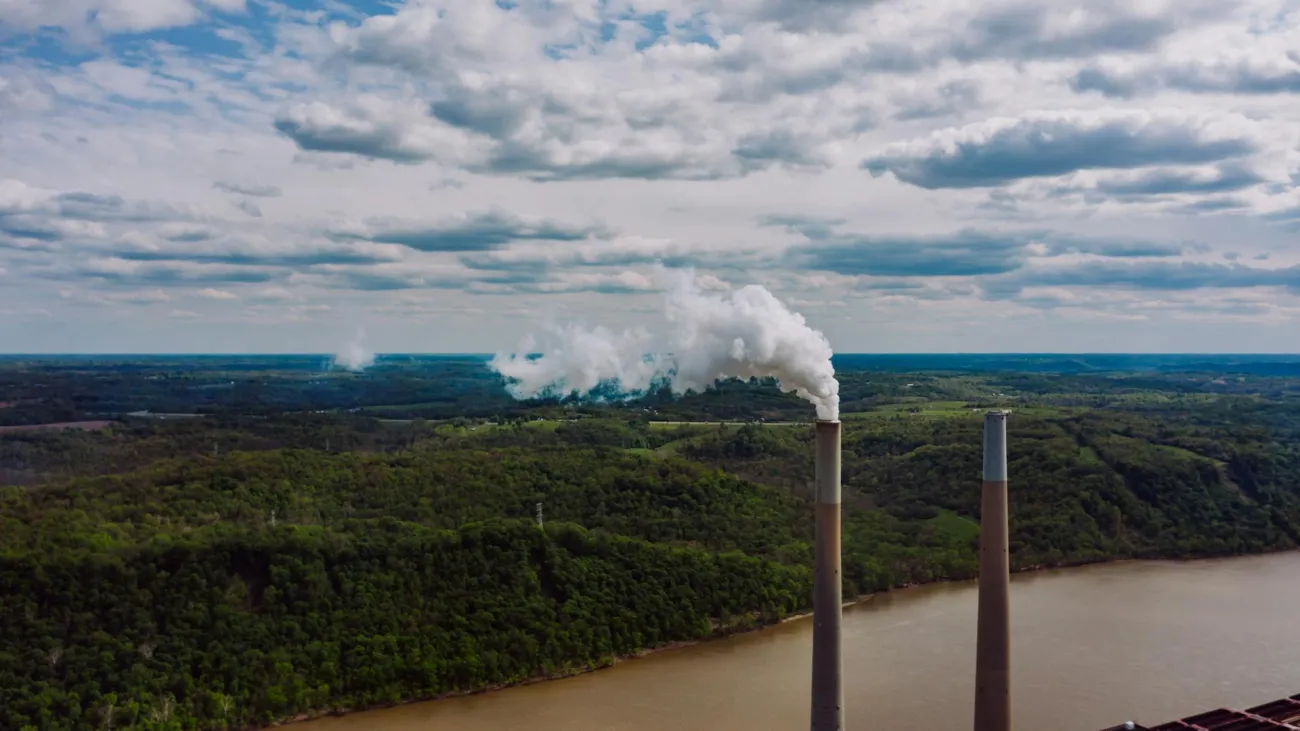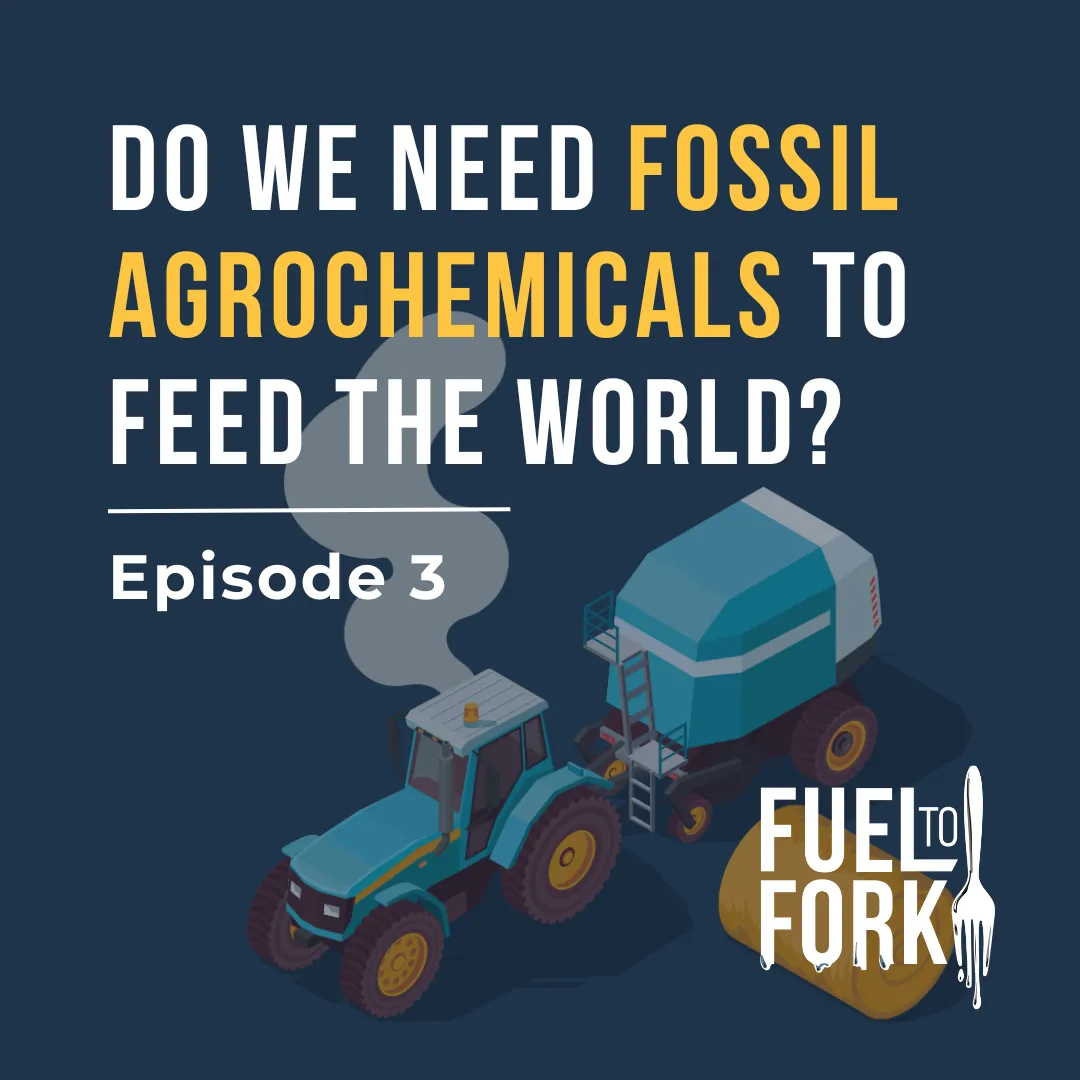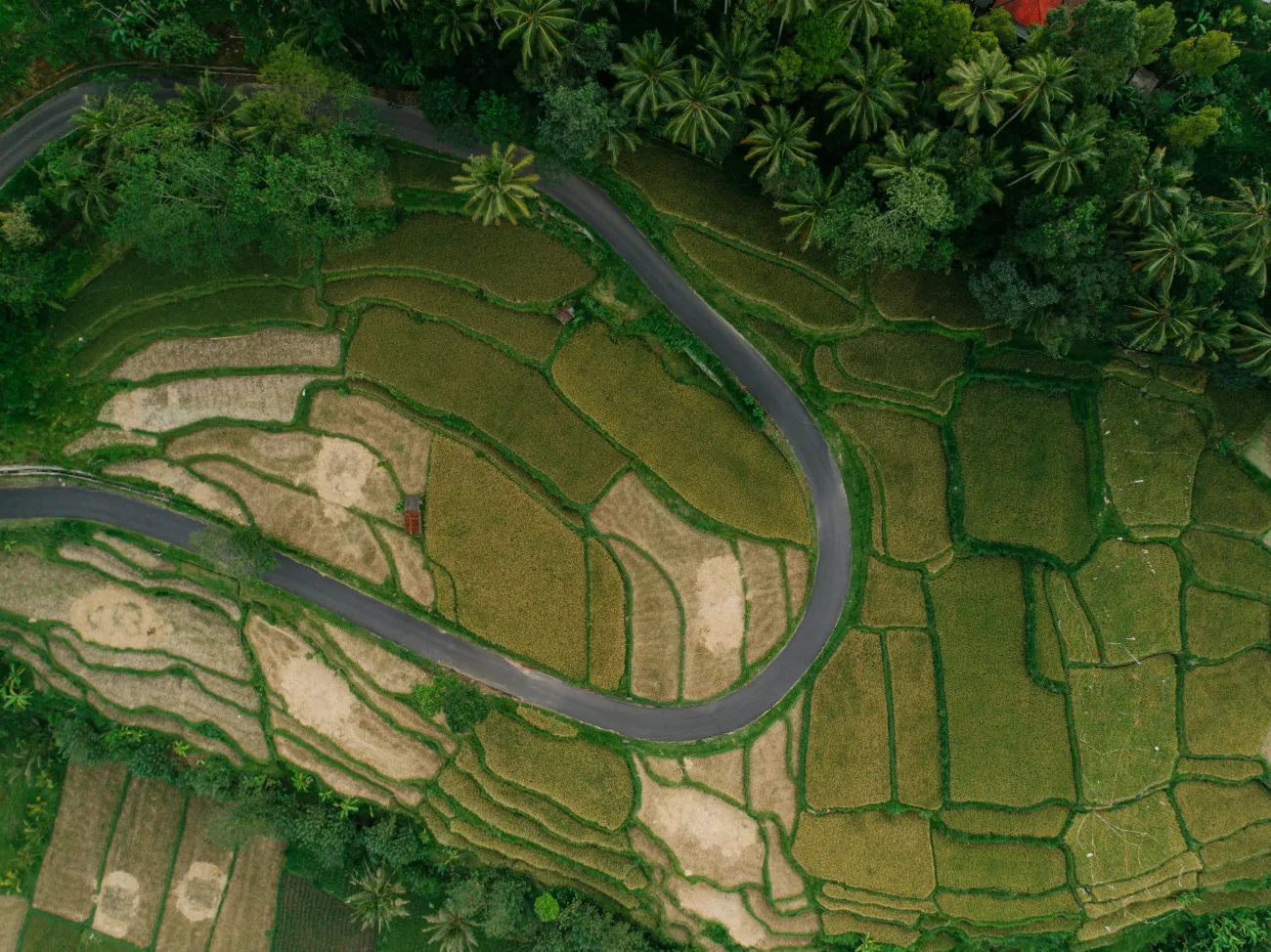This paper runs a series of future trade liberalisation scenarios using the MAGPIE model and finds that while trade liberalisation lowers food costs it does so at the expense of higher GHG emissions.
Some useful paragraphs:
According to FAO 71 million ha of land have been converted into cropland in the period of 1990–2000 and 225 million ha in the period of 960–2000 (FAOSTAT, 2009). Our model results show that without further regulation of deforestation, future cropland expansion mainly takes place in ecologically sensitive areas of the tropical rainforest. In the reference scenario total cropland expansion (2005–2045) in the three main rainforest areas, the Amazonian rainforest (178 mill ha), the Central African rainforest (137 mill ha) and the rainforest on the Pacific islands (37 mill ha) amounts to 410 mill ha or 23% of the global cropland area in 2005. Under trade liberalisation this increases further by 175 mill ha (policy) and 198 million ha (liberalisation), mainly in the Amazonian rainforest.
Total deforestation related carbon emissions rise by 50 Gt CO2 in the policy scenario and 74 Gt in the liberalisation scenario until 2050 compared to the reference scenario. Total non-CO2 emissions amount to 361 Gt CO2 in the reference scenario and it increases only slightly with more trade. In terms of regional distribution, emissions in China rise since livestock production shifts from Africa to China due to comparative advantages. Although domestic demand for livestock products increases considerably, China will dominate the export market for meat products under more liberalisation..
The study concludes that “economic benefits are generated at the costs of the environment. If we just consider additional GHG emissions produced by increased trade (and ignore other local environmental damages), it amounts to 52 Gt of additional GHG emissions in the policy scenario and more than 76 Gt in the liberalisation scenario. The figures are mainly triggered by increased CO2 emissions from deforestation in Latin America since non-CO2 emissions.”
Abstract
The volume of agricultural trade increased by more than ten times throughout the past six decades and is likely to continue with high rates in the future. Thereby, it largely affects environment and climate. We analyse future trade scenarios covering the period of 2005–2045 by evaluating economic and environmental effects using the global land-use model MAgPIE (“Model of Agricultural Production and its Impact on the Environment”). This is the first trade study using spatially explicit mapping of land use patterns and greenhouse gas emissions. We focus on three scenarios: the reference scenario fixes current trade patterns, the policy scenario follows a historically derived liberalisation pathway, and the liberalisation scenario assumes a path, which ends with full trade liberalisation in 2045.
Further trade liberalisation leads to lower global costs of food. Regions with comparative advantages like Latin America for cereals and oil crops and China for livestock products will export more. In contrast, regions like the Middle East, North Africa, and South Asia face the highest increases of imports. Deforestation, mainly in Latin America, leads to significant amounts of additional carbon emissions due to trade liberalisation. Non-CO2 emissions will mostly shift to China due to comparative advantages in livestock production and rising livestock demand in the region. Overall, further trade liberalisation leads to higher economic benefits at the expense of environment and climate, if no other regulations are put in place.
Reference
Schmitz C, Biewald A, Lotze-Campen H, Popp A, Dietrich J P, Bodirsky B, Krause M and Weindl I (2012). Trading more food: Implications for land use, greenhouse gas emissions, and the food system, Global Environmental Change, 22, 1, 189–209
You can download the paper here (subscription access only).




Comments (0)